The word shikohin encompasses a vast range of definitions under different cultures and regions.
To give a relatively simple example, green tea such as sencha and matcha has been historically enjoyed in Japan while black tea has been the more mainstream tea in India and England. The way in which we enjoy tea also differs greatly from country to country and region to region.
So why is it that shikohin has such a vast diversity?
Toshiaki Ishikura, a researcher of mythology and anthropology of art, says
“Shikohin is connected to things we value in our everyday lives that may not be visible to the eye.”
Ishikura has conducted fieldwork all over Japan and the world, with a focus on India, Nepal and the Tohoku region. He researches mythology, with a focus on the “mountain gods” of various regions.
Ishikura collaborates with artists to create art pieces while also researching the anthropology of art, which is the exploration of human beings beyond cultural and biological boundaries. In 2019 he collaborated with artists, architects, and composers to create and exhibit “Cosmo- Eggs” for the Japanese pavilion at the 58th La Biennale di Venezia.
How can we understand shikohin through the perspective of mythology and anthropology of art?
We visited Ishikura at Akita University of Art, where he is posted as an Associate Professor, and discussed the relationship between shikohin, culture and nature.
#Series “To Live, To Relish”
For our series, “To Live, To Relish,” we will explore what shikohin and its experiences mean to us in our modern world, and interview leading researchers, anthropologists, historians, and more.
Shikohin is something that we consume that may not have any nutritional value or benefit in sustaining our bodies.
Even though it is not a necessity to sustain life, shikohin is enjoyed in various ways around the world.
Perhaps shikohin is rather a necessary part of what makes us human.
The vernacularization of black tea culture in Darjeeling India
── In this interview, we would like to discuss shikohin from the perspective of mythology and anthropology of art.
I originally started my research with ethnic minorities in Northern India, and I did my first fieldwork in the late 1990s in Darjeeling (located in the foothills of the Himalayas), which is a tea-producing region. I lived there for about 6 months, walking through tea fields and drinking tea every day.

── Obviously, Darjeeling is one of the three most famous black tea varieties in the world, along with Uva and Keemun tea.
That’s right. When I began my fieldwork there in the 1990s, the People’s Movement among the Nepalese immigrants were gaining momentum.
There are many tea plantations that were established during the colonial rule of the British East India Company in Darjeeling.
After the 18th century, tea became a popular drink in England and the demand for tea as a shikohin increased significantly. Because of this tea trees were imported from China to Darjeeling to mass produce black tea. From the end of the 19th century to early 20th century they immigrated ethnic minorities who were used to living in high altitudes from the neighboring country, Nepal, to work in the tea plantations that were established in 2,000 meter altitude regions of Northern India.
Even after independence, the tea plantations of Darjeeling were an important regional industry for India. Tea became a vital produce for the local people as it brought in significant revenue.
However, this drew the attention of the Indian government and the government of West Bengal and they imposed heavy taxes on the region and industry. This meant that even if the Nepalese immigrants worked hard to earn money, much of their income was taken away by the government through taxes. Discontent grew among the Nepalese immigrants and exploded in the 1990s.
The Nepalese immigrants were made up of people with Gurung, Tamang, Sherpa, and Rai ethnic roots and they formed a group called Gorkhaland to seek independence from West Bengal and protect their rights and interests by forming an autonomous political entity.
── In such an unstable region and time, who did you work with in your fieldwork?
There were several groups of Nepalese immigrants who were demanding autonomy from the state government and I was living with a group of people who were a part of the moderate faction. Although they owned guns and were armed, it was for self-defense rather than for assault purposes, which was common among the more radical groups.
I was particularly interested in a religious leader among the Gurung people who was regarded as the reincarnation of Lord Krishna and a “living god” revered by people of the Hindu religion. I traveled with him on a jeep through the mountainous regions and helped him in his ceremonies and pujas.
The Hindu people of the plains recognized him as a reincarnation of Lord Krishna. At the same time, the Buddhist people of the mountains believed that he was the “Living Buddha (Tulku)”. His presence was one that brought together the different beliefs of the ethnic minorities. As a child, he was sent to a Tibetan Buddhist temple and there he became recognized as a “Living Buddha” and was believed to be so much like the Dalai Lama of Tibet. He gave the ethnic minorities that lived between southern India and Northern Tibet a sense of pride and confidence.
In fact, my mentor was anthropologist Shinichi Nakazawa who is known for his research on Tibetan Buddhism. I originally wanted to study Tibetan Buddhism as well, but I was not able to endure the rigorous training that my mentor went through and I gave up on the training. In the midst of such failure, I continued my fieldwork by following the religious leader who acted in between the two religions of Hinduism and Tibentan Buddhism to study the religious beliefs of the local people of Darjeeling.
*Reference article: Shikohin, a Human Necessity. Interview with Anthropologist Shinichi Nakawaza
This religious leader also ran away from a Tibetan Buddhist temple as a child, so perhaps I was attracted to his rebellious ways. I myself was tormented by my struggles in my research while I lived and drank tea everyday with groups of autonomous youth and religious leaders who traveled throughout the mountains.
The time I spent drinking tea with these people was both fun and healing for me.
── What kind of tea did you drink while you were living in Darjeeling?
Indian milk tea, known as chai or “chiya” in Napali, is a black tea made with warm milk and various spices. A brick tea (a tea made by steaming black or green tea leaves which are compressed, dried and hardened into a square shape mold) is served in Tibentan houses and temples with plenty of yak butter that is melted and stirred into the tea.
The most common tea to make was chai and it is the same black tea that is enjoyed in England. However, the way they prepare and drink chai tea is very different from the upper class culture of having afternoon tea with scones in England.
In this culture they drink a very rich milk tea first thing in the morning. As soon as they wake up they boil water in a pot, brew the locally grown tea leaves, add fresh milk, sugar and spices to taste and enjoy their tea. The weather in India is very hot and draining so it is customary to drink hot sweet tea with plenty of sugar several times a day to stay energized.
I would occasionally drink black tea, or have many cups of the Tibetan-style butter tea a day, especially when I attended a Tibetan Buddhist ceremony in the temples.

Black tea culture came to Darjeeling in recent history through the colonization by the British and it was not originally a part of the ethnic minority’s custom or culture. However, they took the tea that was originally being made for England and transformed it into their own indigenous culture for their own enjoyment.
Masala chai made with ginger and cardamom is common in Darjeeling. I found the ethnic minority group’s ability and wisdom to incorporate local and indigenous products into their daily lives to be very interesting and modern.
I refer to it as the “vernacularization of black tea culture” and I was very intrigued by this culture.
The worship of Mountain Gods and similarities between India, Nepal and Japan
──What kind of research did you do while doing fieldwork in Darjeeling?
I was researching the religious views of the immigrant people living in Darjeeling.
Darjeeling is home to tens of thousands of people from various minority ethnic groups with varying languages, religions and cultures. The region is also the gateway to the northern Sikkim state and then Tibet, Bhutan and Nepal. On the other side, if you descend the highlands you arrive in Southern India’s Kolkata region where it is closer to the so-called Indian subcontinent culture of Sanskrit and Hindu religions.
With these circumstances in mind, I researched the lifestyle, mythology and beliefs of the Nepalese immigrant groups that were living in these highlands and the indigenous people of the mountains in comparison to the Indian people living in the plain lands.
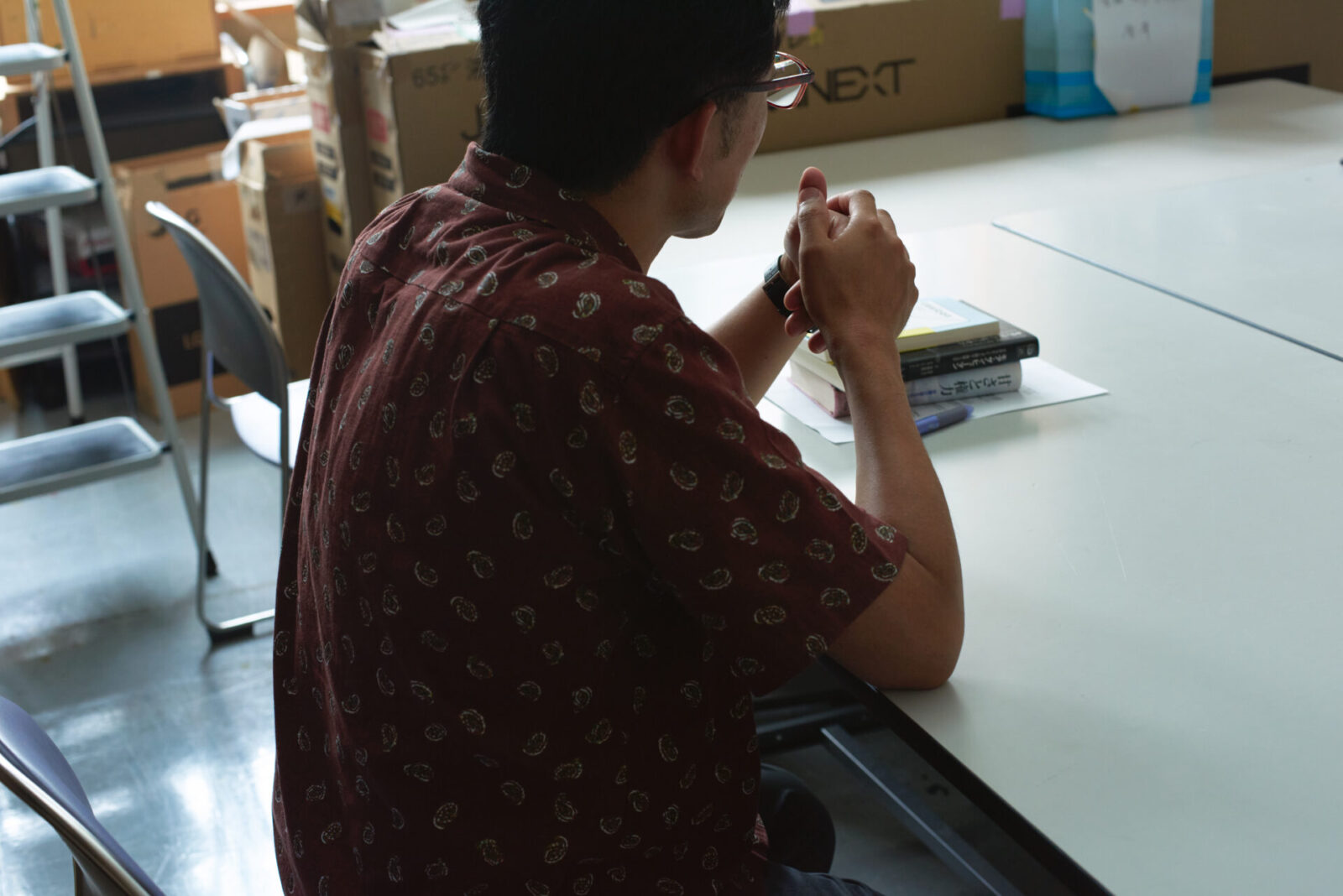
After I returned to Japan from India I began research on Japanese festivals and realized that there are deep similarities between Japan and the Himalayas. An obvious example is the belief and worship of “mountain gods” that exists in the local and regional communities, and that these gods are goddesses.
These beliefs do not come from the influence of a certain governing power or religious practitioner of a certain era, but they are part of an ancient history that dates back before written history. I found that the cultures and beliefs I studied in India and Nepal and ancient Japanese cultures had a deep rooted connection. I was surprised by this discovery and found it extremely fascinating.
From there I spent my late 20s and 30s immersing myself in comparative research between the mountain gods of the Himalayas and those of Tohoku Japan.
── Why did you become interested in the Tohoku region?
First of all, my father was from the Tohoku region. My grandmother was from Miyagi Prefecture and I visited there once as a child. I have memories of seeing big dragonflies in the vast rice paddies, and I remember catching fish with a simple pole and net and eating it along the river.
Another influence that triggered my interest in Tohoku was that my graduate advisor, Professor Nakazawa, took us on a trip from Tokyo to Yamagata and Akita. We experienced farming in the mountainous areas, participated in festivals, studied mountain land religions and went to Akita to film a movie about the Dainichido Bugaku festival. I enjoyed this experience immensely.
Because I grew up in the suburbs of Tokyo, I was fascinated by the fact that such places existed in Japan. I personally felt that traveling to Yamagata and Akita was not so different from going to India or Nepal.
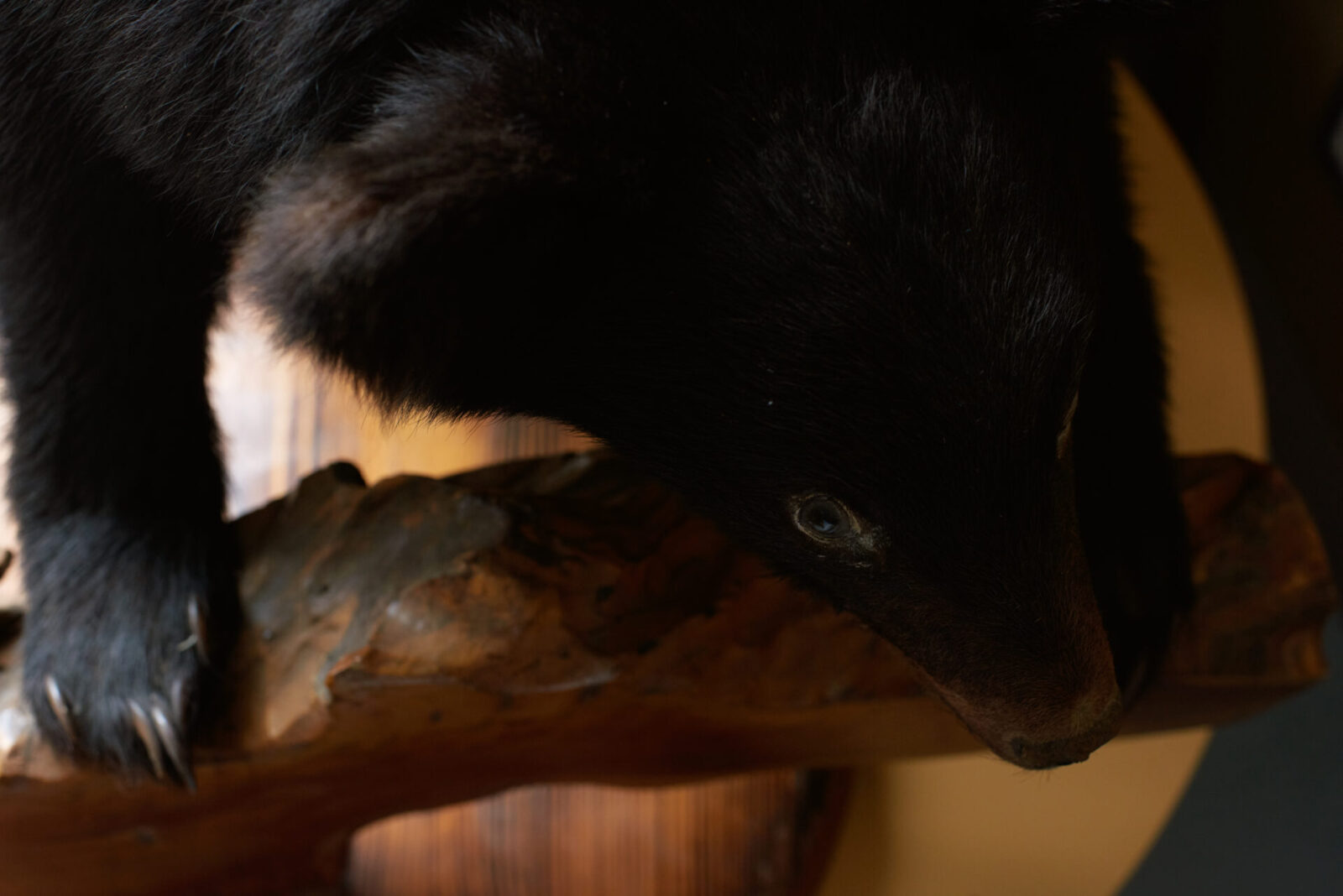
Questioning humanity itself through art
── So you have been working on researching mythology through doing field work in both Japan and overseas?
Yes. My doctoral program in graduate school focused on mythology research.
At the same time I began researching and practicing anthropology of art in 2010 and started working with artists and craftsmen to research and create art together.
── What led you to getting involved in anthropology of art? Anthropology of art is defined as “Art anthropology views human expression /representation/ throughout time as an act of unlimited relationality, generating multiple connections – between humankind and nature, person and object, and of course between people.” (reference)
Can this be understood as a method of research that is not bound by the existing frameworks of anthropology studies?
My background of being involved as an assistant to the launch and establishment of the Tama Art University under the leadership of Professor Shinichi Nakazawa was very influential for me.
I was a graduate student working on my doctoral program when Professor Nakazawa asked me to join him as an assistant at the new research institute he was starting at Tama Art University. I was involved with the launch of the Institute for Art Anthropology (renamed Institute for Anthropology of Art and Design in 2023). It turned out that my first job was working at an art university.
This institute was established with a very grand vision.
Conventional cultural anthropology studies views art as a part of culture. However, this institute aimed to “reexamine humanity itself through art.” While incorporating 20th century Western cultural and social anthropology, we founded “anthropology of art” as a new genre to reconstruct the fragmented studies of humanities and cultural studies.
The Institute for Art Anthropology was a gathering of unique researchers and artists such as visual anthropologists Itsushi Kawase and Daisuke Bundo, and Satoshi Nakajima who had been researching anthropology of art from before. I also collaborated with artists and curators on commission work.
One of the most important collaborations for me was with musician and filmmaker Masakatsu Takagi.
I collaborated with Takagi on a film called “Homicevalo” as a joint project for the Institute for Art Anthropology. After the project, Takagi sent me a dozen or so songs that he was working on along with some notes and sound files.
He asked me to collect mythologies from around the world that would match with the theme of each song. At first I thought it would be impossible, but as I searched I found myths that were surprisingly close to the ideas of the songs.
This was the beginning of a CD book that Takagi and I worked on together called “Tai Rei Tai Rio” (2009). Takagi wrote the songs and made the CD while I created a paperback book with a collection of myths that go with the songs in the CD.
The idea for the first song was based on visions from Takagi’s dreams and his worldview that inspired the song. I read the descriptions he wrote and listened to the sound recordings that he sent to me and then I collected and edited material from mythologies from around the world that resonated with his vision.
This experience was as stimulating and meaningful as writing and presenting a research paper on mythology. During my time in Nagano and Kyoto with Takagi to conduct research, I learned that artists have a very keen sense and unique eye for research.
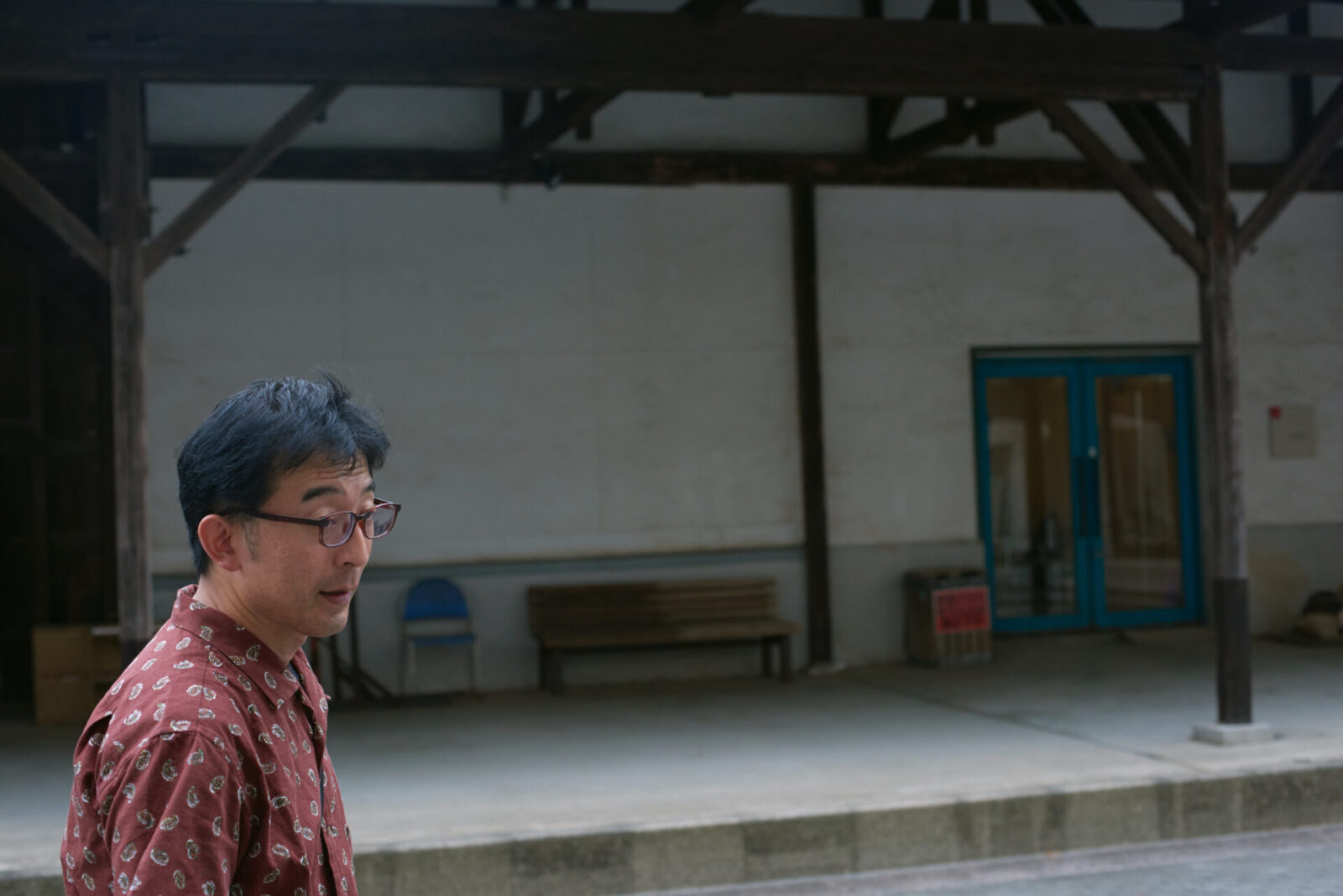
── Your experience working with artists opened up a new style of research for you?
Yes, I would say so. I realized that much more can be achieved by combining an artist’s perspective with my own. Ever since, I have worked with various artists to create exhibitions, launch new projects and produce works of art, in addition to continuing my work in researching mythology and mountain gods.
I thoroughly enjoy going back and forth between research and creation in this way.
Hunter-gatherer shikohin and shikohin bought with money
── You have researched mythology and anthropology of art. In what way does shikohin appear in your research?
In my fieldwork, I have encountered many different shikohin that are embedded in various local cultures.
For example, in the state of Sikkim in Northern India, there are many cardamom spice trees. In Japan it is common for people to buy chewing gum or gummies in stores, but in the regions of my fieldwork the local people picked up cardamom nuts along the roads and in temples and chewed on them. Many would also buy betel nut palm (a member of the coconut family which is a commonly chewed like chewing tobacco in tropical Asian countries). The betel nut palm is boiled in a red dye, mixed with various spices and wrapped in leaves. It is sold in shops and chewed like gum.
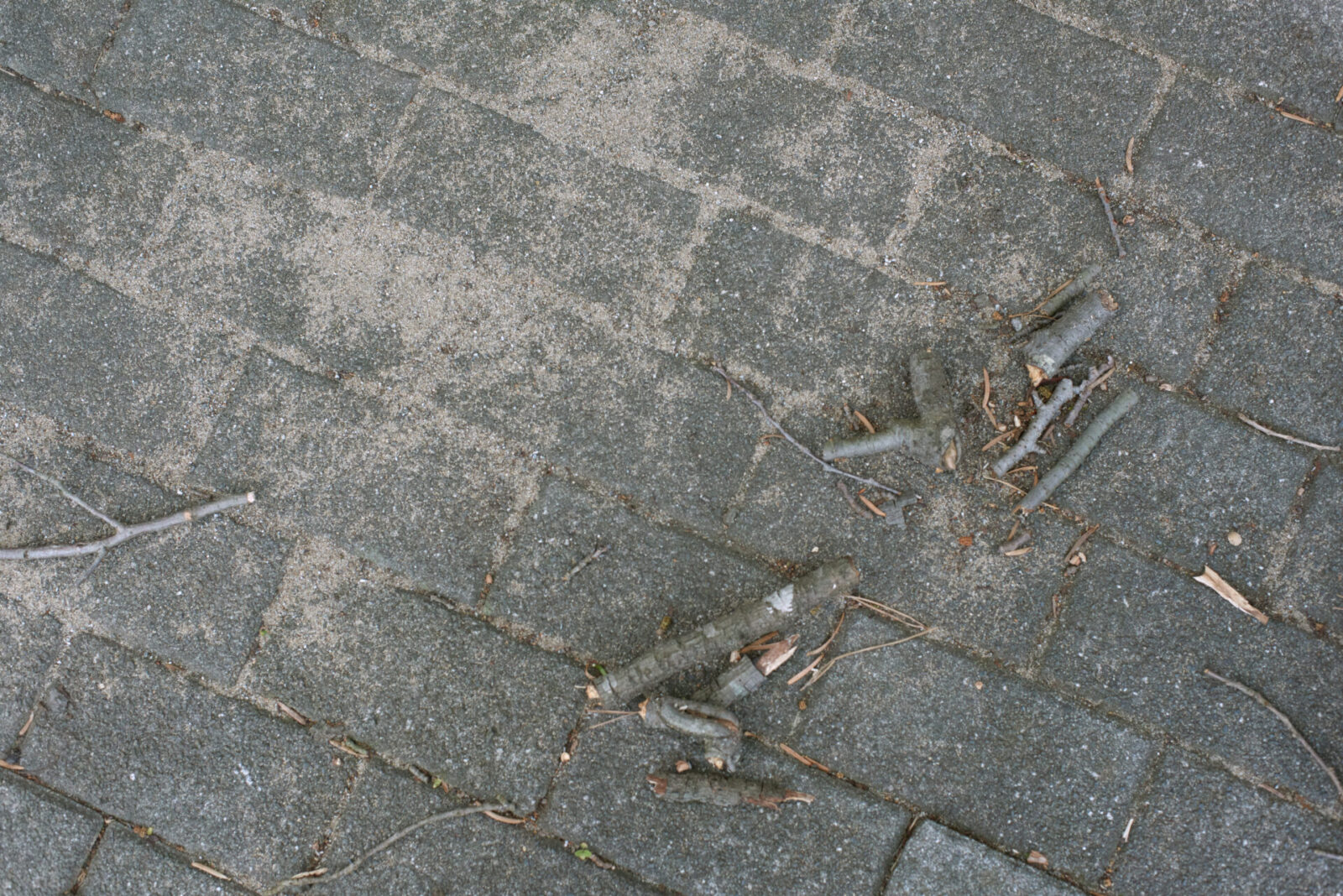
As I chewed betel nut palm I recalled a childhood memory.
I grew up in Hachioji and there were many mulberry trees in the neighborhood, a remnant of the silk farming industry that once flourished there. For us children, the mulberries were a shikohin from nature that allowed us to pick fruit to share with siblings and friends together. We also shared information on where we found more mulberry trees.
There are shikohin products that are embedded into a community. Back in the 70s and 80s when I was growing up, there were still many candy shops where kids could buy sweets for 10 to 100 yen and we would gather to eat them together.
── The mulberries and candy shop sweets were the shikohin you grew up with?
The key point here is that these things existed on the same “map” for me and my neighborhood friends in our childhood.
── A map?
Everything from the mulberries, the edible plants found on riverbanks, nectar from flowers, and the mugwort leaves my grandmother used to make grass rice cakes. If these things were to be considered the hunter-gatherer shikohin of our Tokyo suburb neighborhood, the candy shop was the shikohin that could be bought with money. The experience of the Indian people picking up and chewing on cardamom nuts and buying betel nut palm in shops is not so different.
All societies and communities have things that are available in nature and the surrounding environments and what is available in your local markets. Nature and culture are all connected.
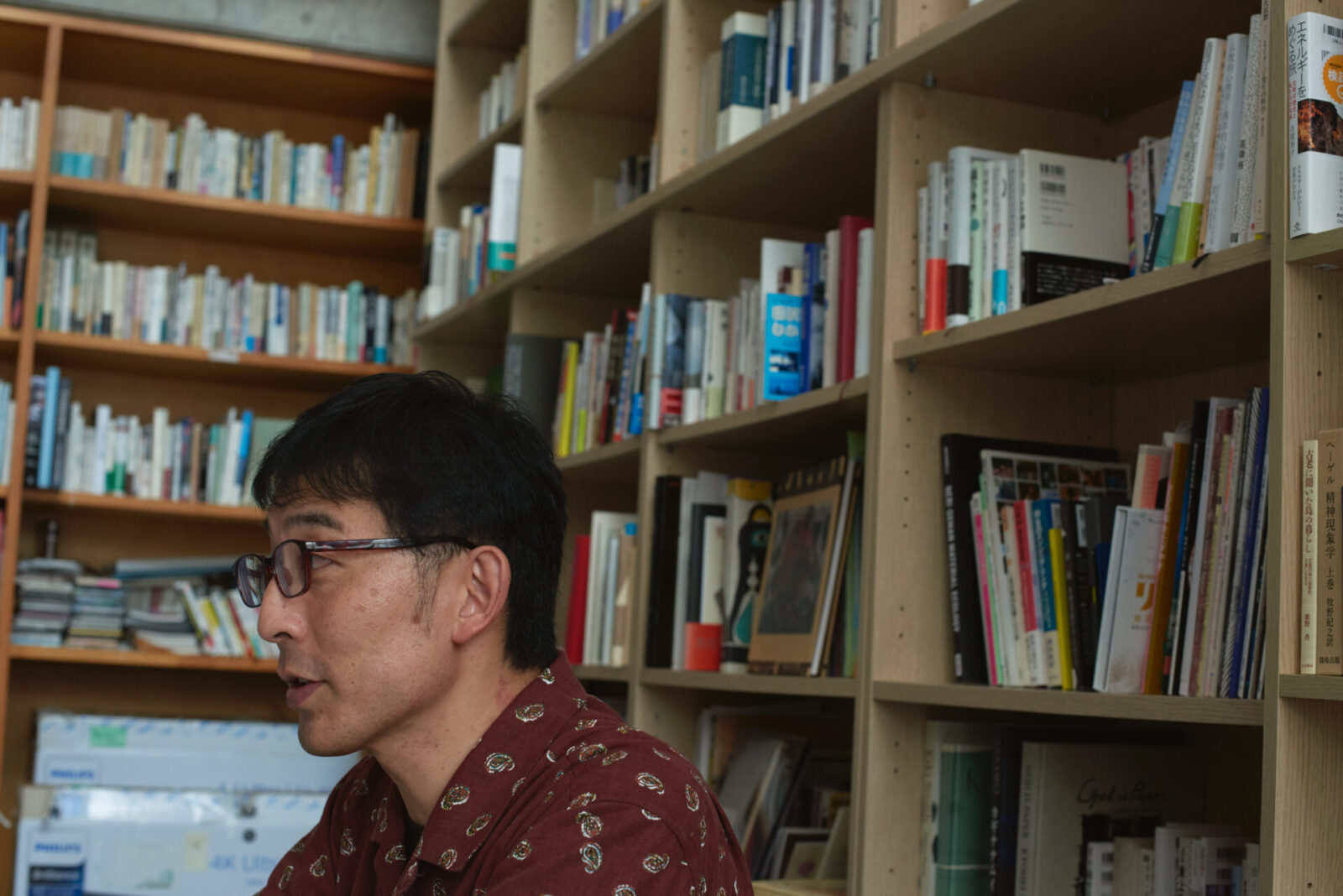
Shikohin is connected to what builds our livelihoods
── So the cardamom nuts that are picked off the road and the betel nut palm that is bought in shops are not separate things, but together they make up a shikohin “map”?
In a more abstract example, it can be said that shikohin are embedded in our living spaces, or a dimension known as “oikos” in Greek.
── What do you mean by that?
For example, the word “economy” comes from the Greek word “oikonomia”.
The word “oikonomia” includes the word “oikos”, which means home or place of living. The word economy is a combination of the two concepts of “oikos” and “nomos”, which means laws and regulations. The fundamental meaning behind the concept of economy and market is actually based on “oikos”, which is the world and life around you within a 50 meter radius.
And within this 50-meter radius also exists the world of “ecology”, which is the natural world that exists in the region. The word “ecology” is also made up of two words and concepts, “oikos” and “logos”, which means reason and study.
For example, there is an Indian custom of making one’s own fermented liquor. They extract palm tree sap by creating an incision in a palm tree and let that liquid ferment naturally to create alcohol. As young people can make alcohol for free, a culture of sharing a drink and communicating with friends is created around that shikohin.
──I see. In terms of the previous example, the purchased shikohin is “economy” and the foraged shikohin is “ecology” and both are a part of “oikos.”
Through shikohin, the people who are living in India have built a “map” of their “oikos” which connects the nature and culture of that region and gives them information on where they can find their desired shikohin.

Even if the product is the same, the way it is perceived will vary depending on the land and ecosystem of those who live in it. This will influence the shikohin and moreover, it will influence invisible and transcendent things such as Gods and deities.
For example, I find that Buddhism in Japan is deeply connected to the flavor of tea and aromas of incense. Because there is a deep connection between Buddhism and tea culture in Kyoto, you will notice that when you see Buddhist statues in Kyoto and Nara that it is associated with the smell of incense and the taste of green tea.
On the other hand, if you go to a Buddhist temple in Tibet and see a statue of Buddha there, you will probably recall the flavor of butter tea. Tibetan monks drink butter tea during ceremonies that last all day, so the sensory experiences of those aromas and flavors are an inseparable part of that Buddhist experience there.
Although tea is the same product, in Japan it is associated with the flavors of sencha and matcha, while in Tibet it is the flavor of butter tea. In Hindu temples of India, the experience is associated with the flavor of chai.
── Shikohin is embedded in our region’s natural environment and the cultural connections that come from it?
Shikohin exist and are embedded in the world we live in. It is connected to the things we value in our everyday lives that may not be visible to the eye.
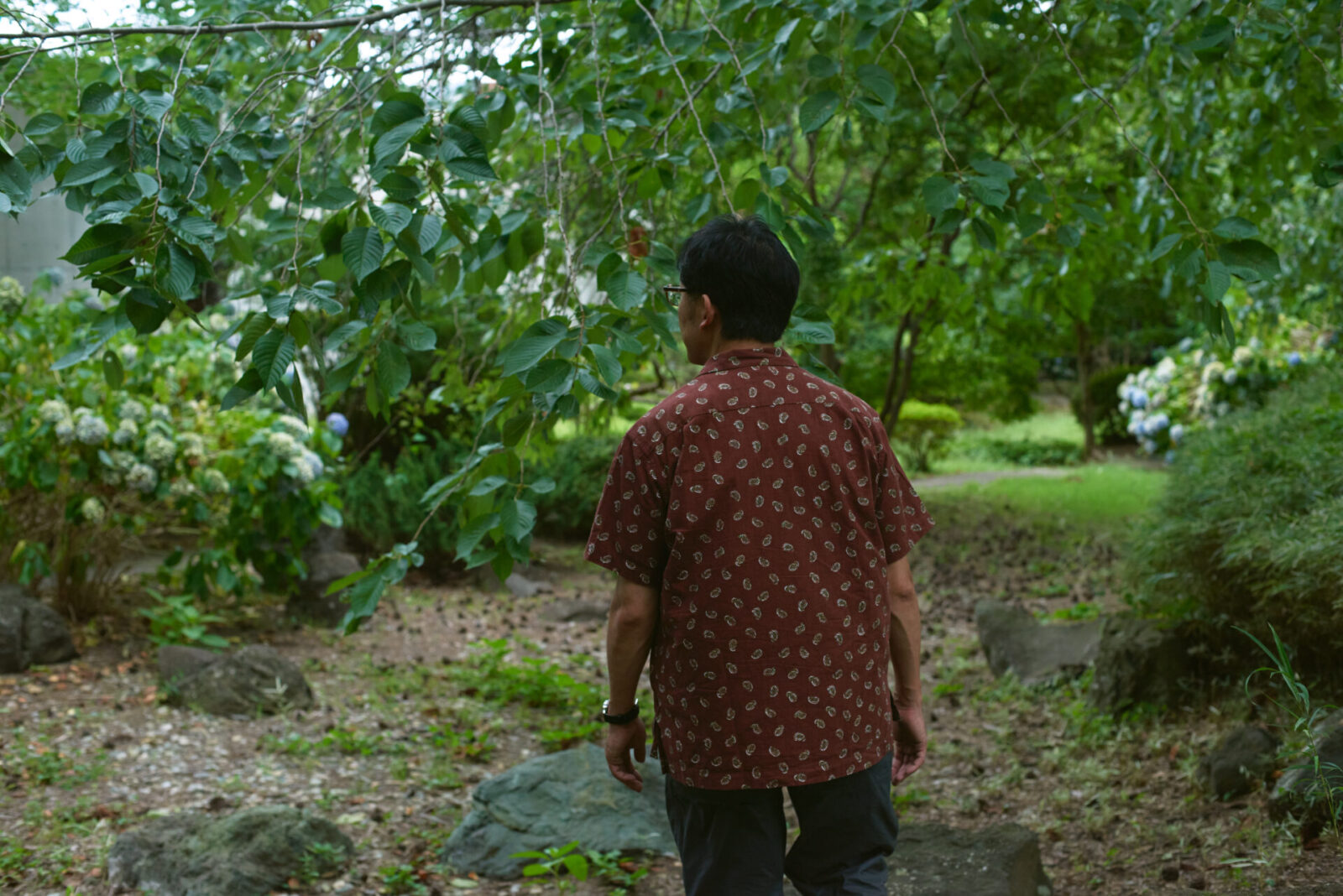
Translation: Sophia Swanson
Graduated from International Christian University (ICU), majoring in political thought, and worked as an IT consultant, PdM for agricultural robots, and PjM for construction DX before going independent. His areas of interest include the humanities in general, agriculture, architecture, and publishing.
Editor, Writer, etc., for PLANETS, designing, De-Silo, MIMIGURI, and various other media.
